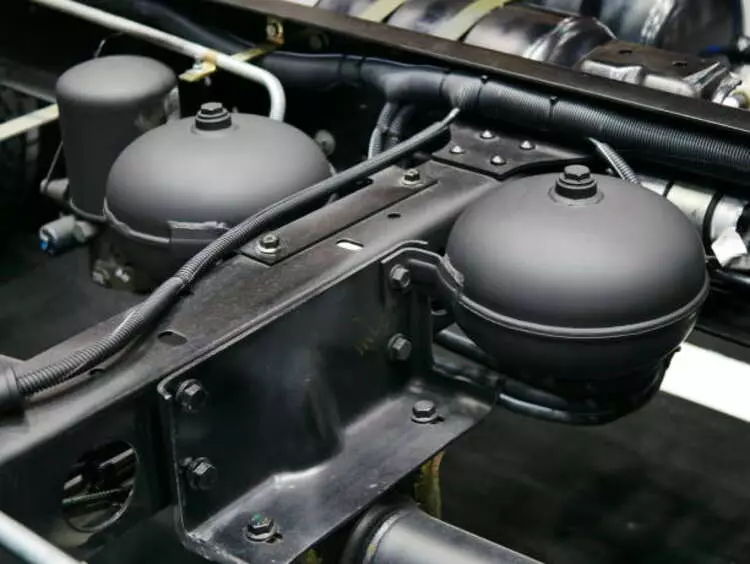A career as a truck driver or a bus driver in Canada is a rewarding one, but both require special licenses. To become a bus driver, one needs either a Class 2 or 4 license, and to become a commercial truck driver, one needs a Class 1 or 3 license.
In addition, a vehicle that is over 4,600 kg loaded requires air brakes, so driving one would require a person to get an Air Brake Endorsement (Code 15) on his license. This would typically warrant taking an air brake training course to pass the written tests. Understanding the components of an air brake system would explain the special training and regulations for it.
What is an air brake system?
Air brakes, or compressed air brake systems, uses compressed air to create friction on a piston that applies pressure on the brake pad of a vehicle. This is an alternative system to hydraulic brakes, which uses hydraulic fluid to do the same thing as compressed air.
An air brake system is typically used for heavier vehicles such as trucks and buses over 4,600 kg because it has more stopping power than a hydraulic brake system does. More importantly, perhaps, is that an air brake system stops the vehicle even if it fails because the release of air pressure on a leaking line will cause the brakes to engage.
The opposite is true of a hydraulic brake, which will fail when it loses too much fluid to exert enough pressure to stop the vehicle. If one is driving a bus full of people and their brakes fail, they would be glad their vehicle had an air brake system.
Because it has more stopping power, a vehicle equipped with air brakes tends to decelerate quicker than a vehicle with regular brakes. This is why people typically see a warning for other drivers to keep their distance at the back of trucks and buses. If they do not, regular cars are likely to run into the truck or bus when it suddenly stops even if with immediate engagement of brakes.
What are the components of an air brake system?
An air brake system tends to be a lot less intuitive to use than a hydraulic system, which is why a truck driver has to learn to use it. It transfers a significant amount of pressure to the service brake, so the first few times using it will feel very rough. Knowing the components of this system may help you understand how it works.
Compressor
The function of the compressor is to keep the air pressure at a level required to operate the air brakes and any air-powered accessory. A compressor is either belt driver or engine-driven, depending on the system. In most cases, a compressor uses the cooling and lubrication system of the truck. However, some types self-lubricate and air cool using an air filter or the engine’s intake system.
Reservoir
The reservoir is a type of pressure tank that stores the compressed air when the brake is disengaged. The compressed air in the reservoir determines the pressure applied to the brake pad when the operator engages the brakes.
For proper operation, it is critical to drain the reservoir at least once every day because compressor oil and water can get in. The water can freeze in cold weather, and the oil collects at the bottom of the tank, either of which would cause the brake to fail. Each reservoir has a drain valve you can use. The compressor refills the reservoir with air after draining.
Foot valve
A foot valve or treadle is what most people would call a brake pedal. When a driver applies pressure to it, it releases compressed air to engage the brakes. The braking power will naturally depend on the amount of pressure applied by the driver on the treadle.
Brake chamber
A brake chamber converts the pressure exerted by compressed air into a mechanical force that will apply to the brake pad.
Brake shoe and drum
The brake shoe activates when the brake is engaged, and applies friction to the drum to slow down or stop the vehicle.
Conclusion
When used competently, an air brake system can provide the power needed to stop a heavy vehicle smoothly and safely. Understanding the components of an air brake system will help one become a more effective operator of a commercial vehicle.
To learn more about driving, check out MSM Unify’s driving courses.



























